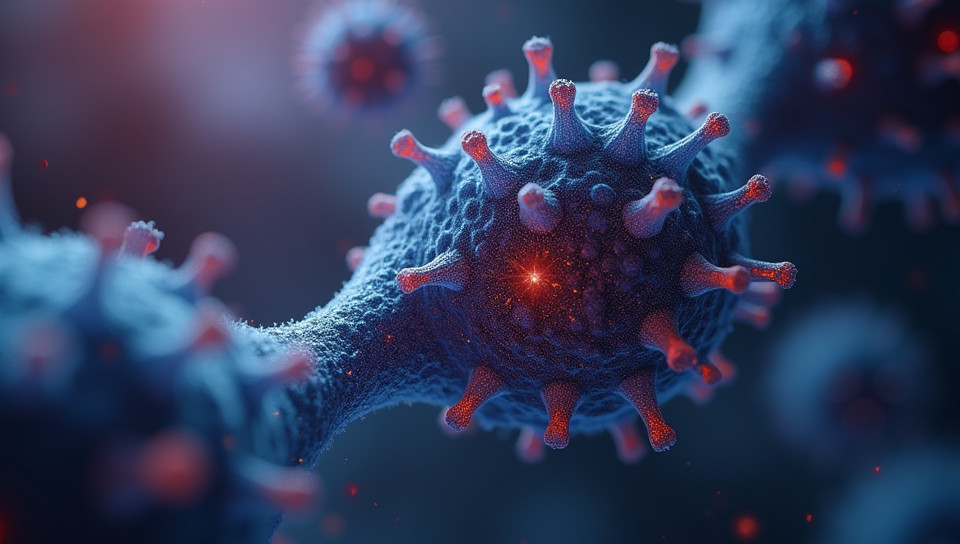Advances in CRISPR enable easy gene corrections 81%

Advances in CRISPR Enable Easy Gene Corrections
Imagine a world where genetic diseases are a thing of the past, and scientists can edit genes with unprecedented precision. Sounds like science fiction? Not anymore! Recent breakthroughs in CRISPR technology have made it possible to correct genetic mutations with ease, revolutionizing the field of genetics and opening up new avenues for treatment of inherited diseases.
What is CRISPR?
CRISPR (Clustered Regularly Interspaced Short Palindromic Repeats) is a powerful tool that allows scientists to edit genes by making precise cuts in DNA. This technology has been around since 2012, but recent advances have made it faster, cheaper, and more efficient.
How Does CRISPR Work?
CRISPR uses an enzyme called Cas9, which acts as a pair of molecular scissors to cut the DNA at a specific location. The process involves several steps:
- Identifying the target gene
- Designing a guide RNA (gRNA) that matches the target sequence
- Delivering the gRNA-Cas9 complex into the cell
- Cutting the DNA at the targeted location
- Repairing the DNA using the cell's natural repair machinery
The Benefits of CRISPR Gene Corrections
The ability to correct genetic mutations with precision has far-reaching implications:
- Treating inherited diseases: By correcting genetic mutations, scientists can develop treatments for diseases that were previously considered untreatable.
- Understanding gene function: Studying how genes interact and affect disease development is crucial for developing new treatments.
- Improving crop yields: Gene editing can help improve crop resistance to pests and diseases, increasing food production.
The Future of CRISPR
As research continues to advance, we can expect even more exciting breakthroughs:
- Improved gene editing efficiency
- Development of new applications in regenerative medicine
- Expanded use in agricultural biotechnology
In conclusion, the advances in CRISPR technology have opened up new possibilities for treating genetic diseases and improving crop yields. As this field continues to evolve, we can look forward to a future where genetic corrections are faster, cheaper, and more accessible than ever before. The possibilities are endless, and the future of genetics has never looked brighter.
- Created by: Bautista García
- Created at: Jan. 13, 2025, 2:43 p.m.
- ID: 17748









